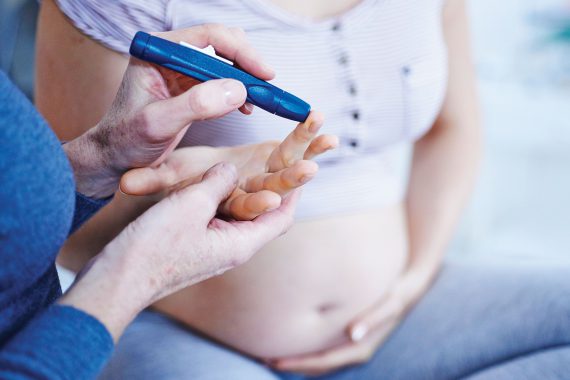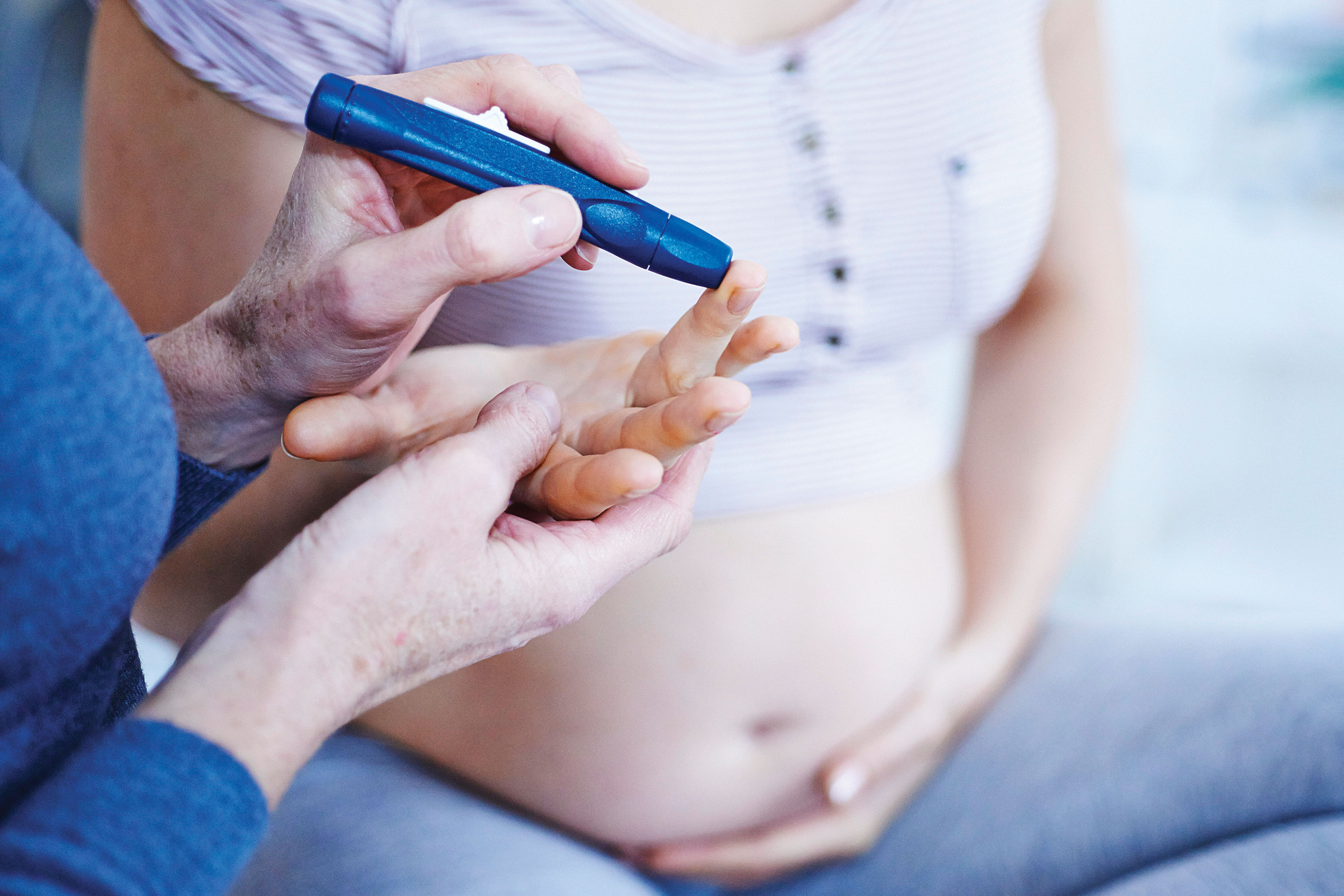Guideline of the month – NICE guideline on type 2 diabetes


The guideline
This guideline updates NICE advice on type 2 diabetes. A previous draft proved controversial due to its recommendation that repaglinide should be considered as an alternative first-line therapy to metformin.
Key points for GPs
• GPs should consider ‘relaxing’ HbA1c targets on a case-by-case basis, particularly in older or frail patients who are unlikely to achieve longer-term risk-reduction benefits.
• Under the new guideline, GPs can now prescribe a DPP-4 inhibitor, pioglitazone, a sulfonylurea or SGLT2 inhibitor, as dual therapy if metformin fails to control HbA1c.
• GPs should only offer self-monitoring routinely to patients on insulin, those with evidence of hypoglycaemic episodes or those at risk of hypoglycaemia while driving. Women planning to become pregnant, or who are already pregnant, can also be offered self-monitoring on a routine basis.
• Repaglinide, which was initially recommended as an alternative first-line therapy, has been relegated in the new update to a footnote on the treatment algorithm.
Practical issues
The move away from self-monitoring in the new guideline means some patients currently monitoring their own blood glucose can be advised they no longer need to do so. But it may be a challenge to convince more concerned patients to stop self-monitoring.
Expert comment
Dr Rupal Shah, a GPSI in diabetes in south London, says: ‘The guidelines propose some very sensible changes to HbA1c targets, which take into account the lack of evidence for the benefit of intense glycaemic control in people who are elderly or who have a limited life expectancy.
‘The new recommendations will mean that more people are managed on a single oral hypoglycaemic – usually metformin – as a second glucose-lowering drug is only recommended where the HbA1c is ≥58mmol/mol (7.5%).
‘These are positive changes, which should mean less iatrogenic harm and a more holistic approach.’
The guideline
NICE. NG28: Type 2 diabetes in adults – management. London: NICE; 2015
Pulse October survey
Take our July 2025 survey to potentially win £1.000 worth of tokens

Visit Pulse Reference for details on 140 symptoms, including easily searchable symptoms and categories, offering you a free platform to check symptoms and receive potential diagnoses during consultations.



 Oviva’s fully remote Tier 3 Weight Management programme
Oviva’s fully remote Tier 3 Weight Management programme






